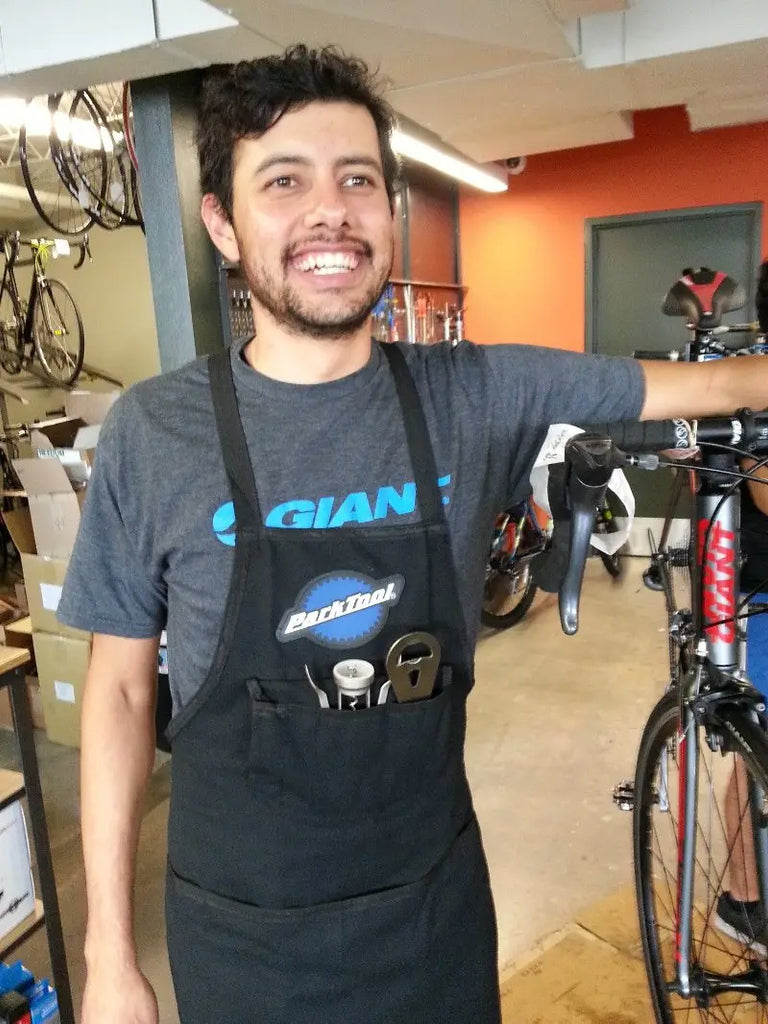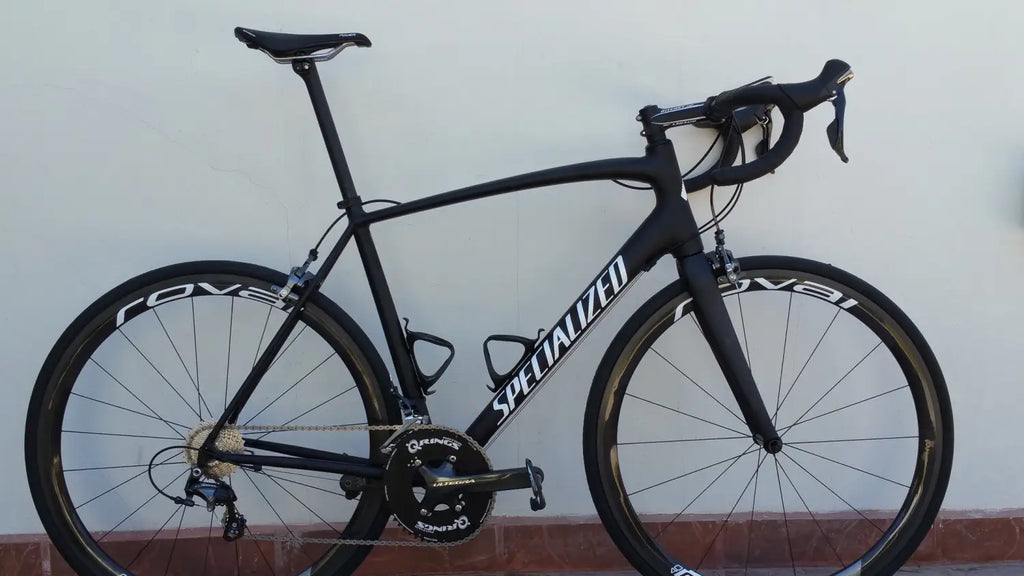If there is one thing we see a lot in comments sections about ceramic bearings, it is people claiming ceramic bearings do not offer benefits and are not worth their cost. Let's analyze the pros, cons and applications.
For the simplicity of this article, we only look at hybrid ceramic bearings with steel races. In the humble opinion of Kogel Bearings, outside of derailleur pulleys, full ceramic bearings are too fragile for bicycle use and downright dangerous to use in hubs. A hard impact from a pothole could crack the races and freeze the hub instantly. Not exactly the warranty call I would like to receive on any given Monday.
Cost of purchase for ceramic and steel bearings
The first thing that strikes the eye when looking at bicycle bearings is the difference in price between steel bearings and hybrid ceramic bearings. This is mostly due to the additional time spent to perfect a quality ceramic ball. It takes weeks for a Kogel ball to sit in a tumbler and be perfectly polished.
Steel balls cannot reach the same smooth- and roundness due to the material properties and therefore the polishing process is similar but a lot shorter.
It is possible to find cheap ceramic or steel bearings on Aliexpress or Ebay I trust those the same way I trust the $30 carbon handlebar for mountain bikes that is advertised on the next page. Thanks but no thanks, I like my front teeth and try to stay away from hospitals when I can.
If you are interested in ceramic bearings for your bike, expect to dig a bit deeper into your wallet and much like carbon parts, get something from a manufacturer that you know, trust and is available if you have any questions.
Cost of ownership
I have addressed this point in a previous blog post . A steel bearing is often considered a disposable. They are cheap, so probably more cost effective to knock them out and replace them when things get crunchy, rather than open them up for some cleaning and new grease.
The dangerous path is the one Helen Wyman was on when I first spoke to Stef, her husband and mechanic. He was so frustrated with bottom brackets failing due to the heavy mud in Belgian cyclocross races, that he started buying whatever was the cheapest available. The results were new bearings for every single race, a lot of work for Stef and Helen racing world cups on bearings similar to the ones used in Walmart bikes.
We changed her bikes over to our PF30 bottom brackets with cross seals and Helen only crushed one bearing in the entire next season. Stef was going to bed earlier on Saturdays, Helen's cranks were spinning freely on any given day of the year, everybody was happy.

- In his bike shop days, I may or may not have convinced Sem to change my bearings for a six pack or a bottle of wine. Expect to pay your mechanic in real American dollars every time your bearings wear out.
Point of this story is that cheap bearings probably do not last as long, need to be purchased at full price again when they fail and cause extra work for installation. High end bearings are probably serviceable with a cheap seal kit and some grease and if things fail prematurely, you can probably talk to the manufacturer so they can offer a warranty or crash replacement.
Performance benefits of ceramic bearings
High quality bearings save watts. All the tests I have seen test new or just broken in bearings and show that one could save somewhere between 5 and 10 watts for a pulley, bottom bracket and wheel bearing upgrade, of course mostly depending on your current set up as a starting point. One could calculate how many seconds that saves on an Ironman bike leg or see what percentage of your total output that is when riding. In my eyes, it does not make a large difference when sprinting uphill at the end of a stage at 1000 watts, but it makes a big difference for the five hours cruising at 200 watts while sitting in the peloton, waiting for that sprint to happen.
With a high quality ceramic probably lasting longer than a basic steel one, think of how often you enter a major race or gran fondo with brand new bearings. My guess is: not that often. Once you have a considerable amount of mileage on a bearing set, it is safe to think that the high quality bearing runs close to how you bought it and a basic bearing is closer to the end of it's life span. The high quality bearing will run smoother for more of your riding days. These should be considered performance benefits.
what about YOUR bike?
Are ceramic bearings worth the investment for your bike? That depends on you and the bike. If you are an aspiring amateur racer, I would say yes by all means. If you are a commuter, not caring about shaving time of your ride to work, probably not. Unless you cannot be without your bike for any days of the week. In that case the longer service intervals of a high quality ceramic bearings that are sealed for protection might be appreciated.

- Once you have optimized all contact points of your bike and got yourself a nice set of wheels, a ceramic bearing upgrade can bring some real world benefits.
When looking at the bike itself, consider that a full upgrade from Kogel will set you back roughly $500 in product cost. If your bike was $1500 to begin with, there is a good chance that you can buy more comfort and performance by putting that money towards a new saddle, racing tires and a pair of high quality cycling shoes. If your contact points are optimized to your liking, it is time to consider what else $500 will buy: a new seat post and handle bars will probably save some weight, but not bring real performance benefits. Neither does upgrading your drive train from 105 level to Ultegra. Bearings will start to make sense now if you are looking to save watts or down time in the shop.
In the end, the choice is yours. If you have any questions about our products or ball bearings in general, please hit me up by email or with the contact button at the bottom of the screen. I will be happy to address any queries in a future blog.

